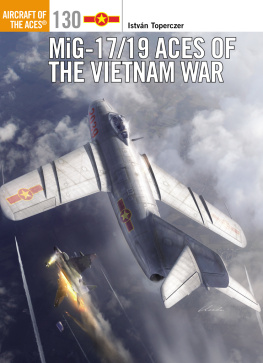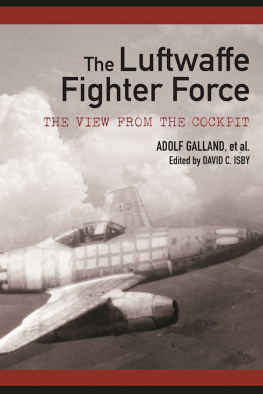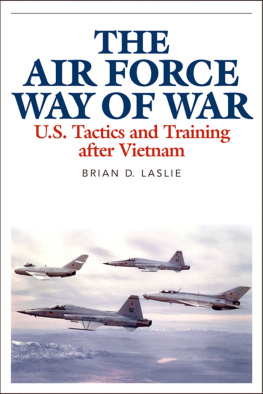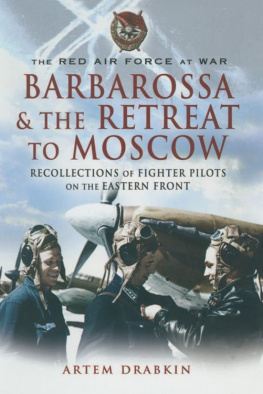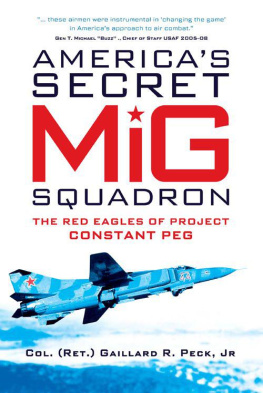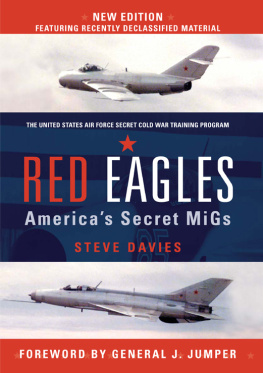
Acknowledgments
Any attempt to accurately and objectively reconstruct and describe the aerial engagements in a war fought 25 years ago requires the contribution of numerous individuals, many of whom participated in the events described. Foremost, the authors thank the veterans of Operation Desert Storm not only for their service and efforts during that conflict, but also for their generous and considerate contributions to this book. From the USAF the authors thank Brig Gen (Ret.) Tony Schiavi and Cols (Ret.) Rick Tollini, Larry Pitts, Cesar Rodriguez, Jay Denney, Dean Powell, and Bob Hehemann for their personal accounts of their combat experiences. Helping the authors decipher, understand, and relate US Navy operations were Adm (Ret.) Mark Fitzgerald, Rear Adm (Ret.) Bob Besal and Capts (Ret.) John R. Stevenson and Bob Stumpf, Cdr (Ret.) Val Diers, and Dave Hey Joe Parsons. From the Iraqi side, the authors are indebted to Brig Gen (Ret.) Ahmad Sadik and researchers Ali Tobchi and Mohammed Hassan for their selfless contributions.
The ground work for this comparative study was laid by noted aviation journalist Steve Davies through his many taped interviews with participants and his contribution of numerous photographs, as well as his helpful suggestions and advice. Additionally, Craig Quizmo Brown paved the way with his comprehensive collection of pilot/participant interviews contained in his excellent Debrief: A Complete History of US Aerial Engagements 1981 to the Present (Schiffer Military History, 2007), and we appreciate his permission to use portions of some of them. We also thank fellow Osprey author Paul Crickmore and fellow (retired) F-15 pilot Bill Kurey for their insightful critiques of the manuscript. With the benefit of all these individuals assistance and more we look forward to completing a similar comparative study of the F-15C Eagle versus the MiG-29 Fulcrum in the Duel series.
F-15C Eagle cover art
At noon on January 19, 1991 Capt Rick Kluso Tollini and his wingman engaged two Iraqi Air Force (IrAF) MiG-25 Foxbats at low altitude above an undercast over the western Iraqi desert. Tollini engaged the Foxbat leader, shooting one AIM-7, whose rocket motor failed to fire, and an AIM-9 at the MiG. The AIM-9 flew close to his [after]burner cans - through the plume and appeared to fuze - but too far aft, resulting in a miss, Tollini later recalled. I then shot a second AIM-7. After a short pause for the launch/motor fire sequence, I saw the Sparrow missile fly out in front of my jet and begin a constant acceleration in a smooth right-hand turn that almost exactly matched the Foxbats own flightpath. Finally, I saw the missile disappear under the belly. In what seemed to take an eternity, to the point where I again considered making a gun attack, I waited for the warhead to go off. In retrospect, it appeared that the AIM-7 actually impacted the underside of the Foxbat, with the back-up contact fuze finally setting off the Sparrows large blast-frag warhead. The explosion was huge, like the Death Star from the Star Wars film! Unlike the first Foxbat, this one totally disintegrated in a breathtaking flash.
MiG-25 cover art
During the early hours of January 17, 1991, following an inconclusive engagement with the leader of the F/A-18C Hornets, IrAF Foxbat pilot Capt Zuhair Dawoud rolled out eastbound and retarded his throttles out of afterburner. Less than 20 miles off his nose, headed north, was another of the squadrons Hornets - flown by Lt Cdr Scott Spike Speicher - accelerating in full afterburner in preparation for a HARM launch. Dawoud later reported, I locked a target 38km [20.5 miles] from me and at 29km [15.6 miles] I fired [the] R-40D missile... I kept the target locked with my radar [un]till I witnessed a huge explosion in front of me. I kept looking for the aircraft going down spirally to the ground with fire engulfing it.
Authors
Douglas C. Dildy retired from the US Air Force (USAF) after 26 years of service during which he commanded the 32nd Fighter Squadron and was vice commander of the 33rd Fighter Wing. A graduate of the USAF Academy as a history major and having a masters degree in Political Science, Dildy has written five books for Osprey. He is a feature writer for Aviation Classics, an associate editor of Logbook and a regular contributor to the Small Air Forces Observer magazines. Douglas lives with his wife Ann in Albuquerque, New Mexico.
Tom Cooper is the recognized expert on Arab MiG operators in general and, specifically, on Iraqi Air Force operations in combat against Iran and against the US-led coalition in the 1990s. He has co-authored two Osprey books on Iranian F-4 and F-14 units as well as Osprey Combat Aircraft 44 Arab MiG-19 and MiG-21 Units in Combat. He also co-authored IranIraq War in the Air 19801988 and the ongoing (five volumes at present) Arab MiGs series with other publishers. Cooper lives in Olbendorf, Austria.
Illustrators
Jim Laurier is a native of New England, and grew up in New Hampshire and Massachusetts. He has been drawing since he could hold a pencil and throughout his life he has worked in many mediums creating artwork on a variety of subjects. He has worked on the Osprey Aviation list since 2000 and in that time he has produced some of the finest artwork seen in these volumes.
Gareth Hector is a digital artist of international standing as well as an aviation history enthusiast. Gareth, based in Scotland, completed the battlescene artwork and cover artworks for this volume.

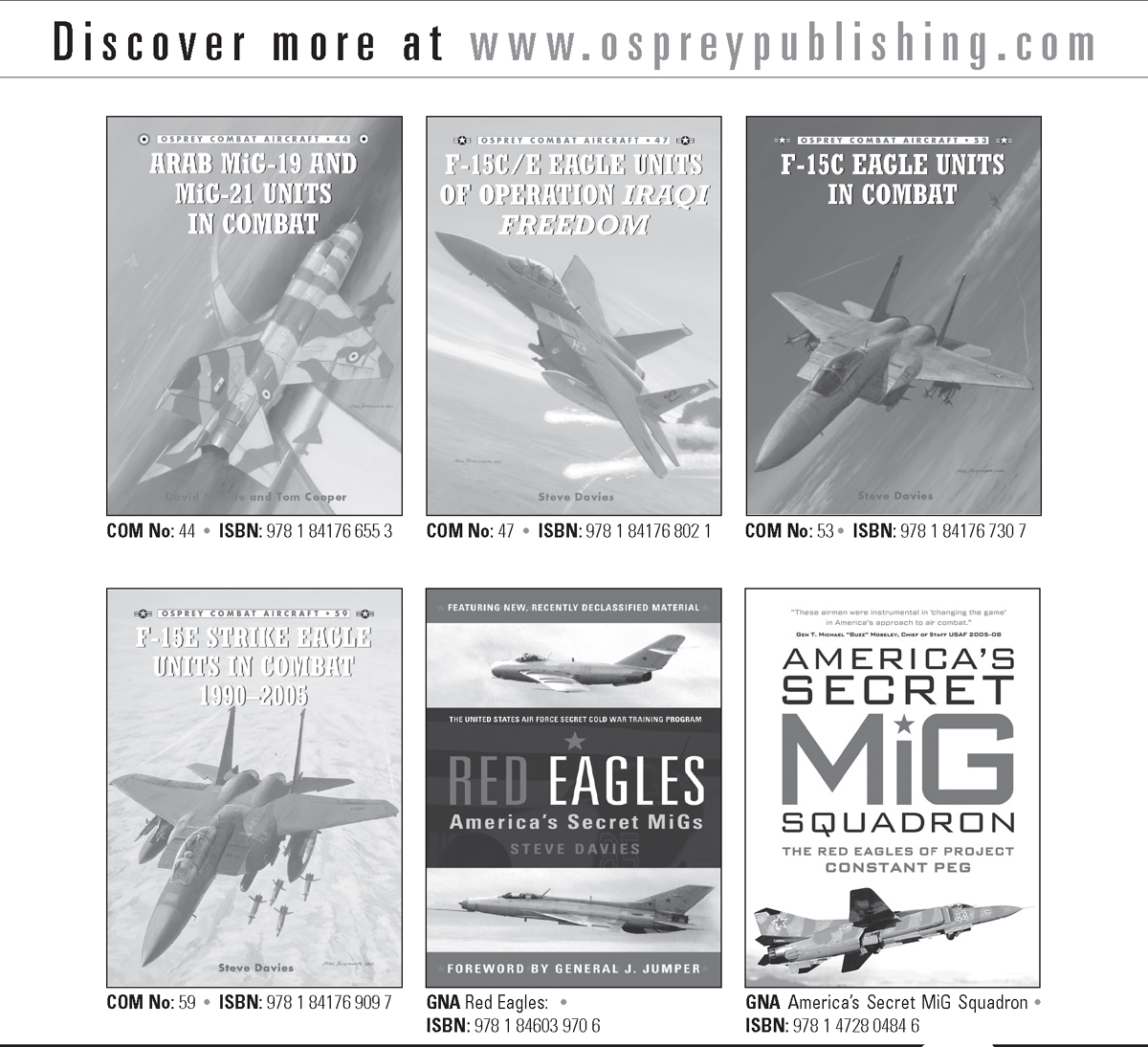
First published in Great Britain in 2016 by Osprey Publishing
PO Box 883, Oxford, OX1 9PL, UK
PO Box 3985, New York, NY 10185-3985, USA
E-mail:
Osprey Publishing, part of Bloomsbury Publishing Plc
Bloomsbury is a trademark of Bloomsbury Publishing plc
This electronic edition published in 2016 by Bloomsbury Publishing Plc
2016 Osprey Publishing Ltd.
All rights reserved
You may not copy, distribute, transmit, reproduce or otherwise make available this publication (or any part of it) in any form, or by any means (including without limitation electronic, digital, optical, mechanical, photocopying, printing, recording or otherwise), without the prior written permission of the publisher. Any person who does any unauthorised act in relation to this publication may be liable to criminal prosecution and civil claims for damages.
A CIP catalogue record for this book is available from the British Library
ISBN: 978 1 4728 1270 4
PDF ISBN: 978 1 4728 1271 1
ePub ISBN: 978 1 4728 1272 8
Edited by Tony Holmes
Cover artwork and battlescene by Gareth Hector
Three-views, cockpits, armament scrap views and Engaging the Enemy
artwork by Jim Laurier
Maps and tactical formation diagrams by bounford.com
Osprey Publishing supports the Woodland Trust, the UKs leading woodland conservation charity. Between 2014 and 2018 our donations will be spent on their Centenary Woods project in the UK.
www.ospreypublishing.com
INTRODUCTION
The concept of an air superiority fighter is one that is designed to fly into contested (usually enemy) airspace and have the sensors and weapons to effectively eliminate adversary fighters/interceptors, thus establishing a permissive environment for various other (typically bomb-dropping) aircraft to perform their missions without interference. In the USA, this concept was pioneered by the legendary North American Aviation (NAA) P-51 Mustang, which regularly flew from airfields in England to defeat the Luftwaffe over Berlin. Five years later, the concept was advanced and developed to near-perfection with the NAA F-86 Sabre, which, even with an early model gas-guzzling turbojet, flew 300 miles into MiG Alley and eventually dominated the Soviets MiG-15s flying over northern Korea from neighboring Manchuria (see
Next page
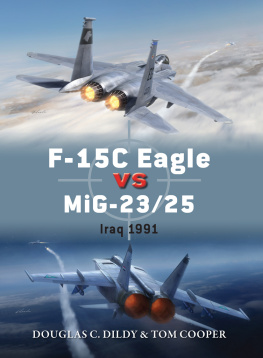
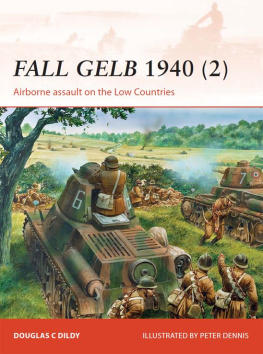

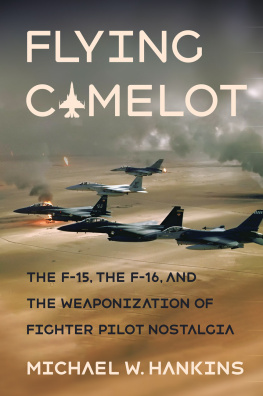
![Haselden Mark - Buffaloes over Singapore: [RAF, RAAF, RNZAF and Dutch Brewster fighters in action over Malaya and the East Indies 1941-42]](/uploads/posts/book/212345/thumbs/haselden-mark-buffaloes-over-singapore-raf.jpg)
